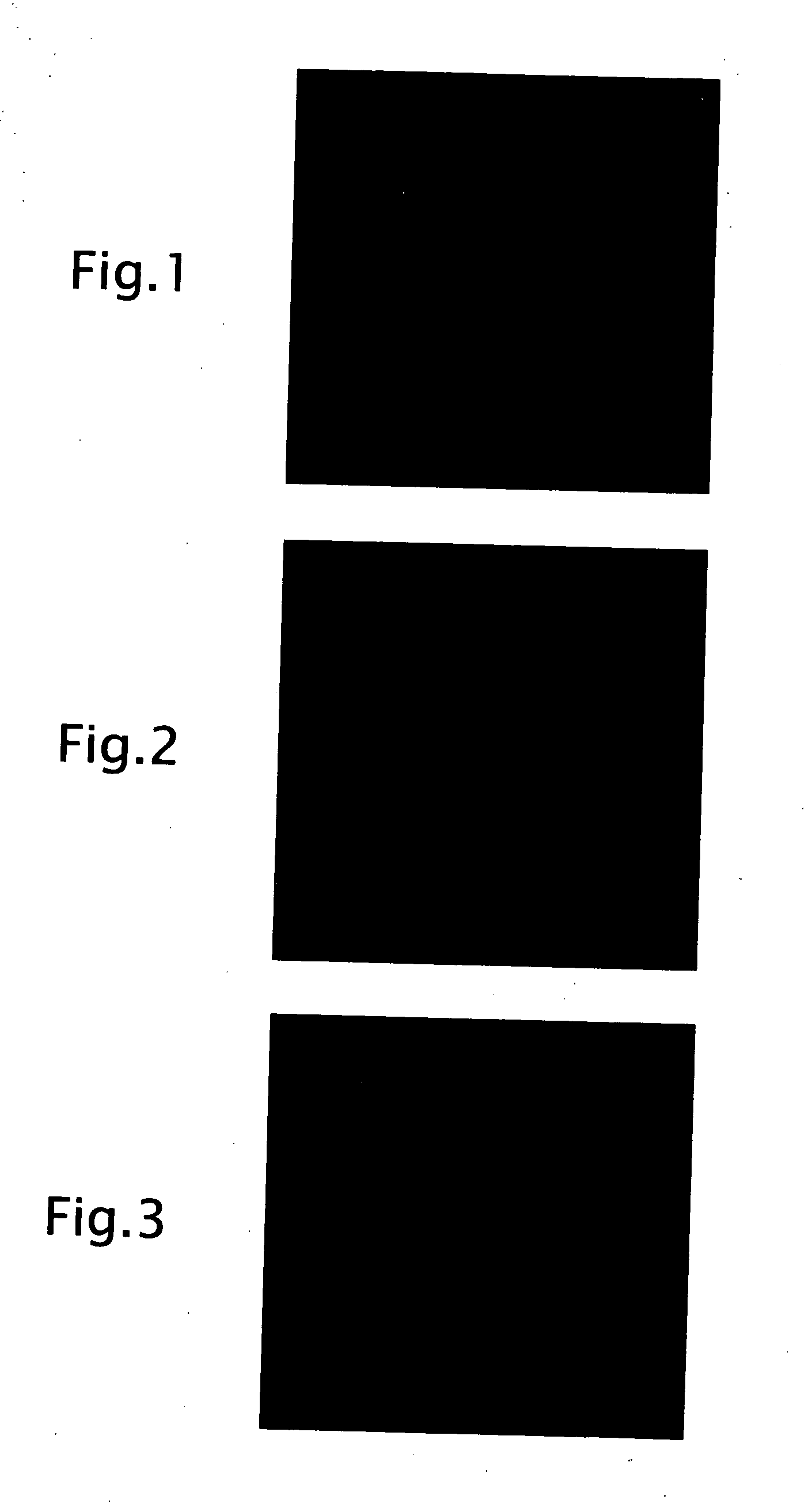Production method of polycrystalline ceramic body
a production method and technology of polycrystalline ceramics, applied in the direction of electrical equipment, basic electric elements, domestic applications, etc., can solve the problems of imposing a large environmental load, poor piezoelectric properties, and unsatisfactory piezoelectric properties, etc., to achieve excellent density, excellent density, and excellent density
- Summary
- Abstract
- Description
- Claims
- Application Information
AI Technical Summary
Benefits of technology
Problems solved by technology
Method used
Image
Examples
example 1
[0225] Examples of the present invention are described below.
[0226] This Example is a case of producing a polycrystalline ceramic body.
[0227] In the production method of a polycrystalline ceramic body of this Example, a preparation step, a mixing step, a forming step and a heat-treating step are performed.
[0228] In the preparation step, a coarse particle ceramic powder having an average particle diameter of 1 to 20 μm, and a fine particle powder having an average particle diameter of ⅓ or less of the average particle diameter of the coarse particle diameter and producing a polycrystalline ceramic body when sintered with the coarse particle ceramic powder, are prepared.
[0229] In the mixing step, the coarse particle ceramic powder and the fine particle powder are mixed to produce a raw material mixture. In the forming step, the raw material mixture is formed to produce a powder compact. In the heat-treating step, the powder compact is heated, thereby shrinking the powder compact a...
example 2
[0271] This Example is a case of producing a polycrystalline ceramic body having a composition different from that in Example 1. In this Example, a polycrystalline ceramic body (Sample E5) comprising a crystal-oriented ceramic with the main phase being an isotropic perovskite-type compound having a composition of formula (1) where x=0.04, y=0.54, z=0.1 and w=0.06, namely, an isotropic perovskite-type compound represented by {Li0.04(K0.46Na0.54)0.96}(Nb0.84Ta0.1Sb0.06)O3, is produced.
[0272] In the production of Sample E5, first, an anisotropically shaped powder B (BINN5) was produced in the same manner as in Example 1 and, then, the anisotropically shaped powder B was ground by dry-grinding.
[0273] Subsequently, using the anisotropically shaped powder after grinding, an anisotropically shaped powder A (NN powder) was produced as the coarse particle ceramic powder in the same manner as in Example 1. This is designated as Powder Sample A2.
[0274] Powder Sample A2 was a plate-like powd...
example 3
[0304] This Example is a case of producing a polycrystalline ceramic body having a composition different from those in Examples 1 and 2. In this Example, a polycrystalline ceramic body (Sample E8) comprising a crystal-oriented ceramic with the main phase being an isotropic perovskite-type compound having a composition of formula (1) where x=0.02, y=0.5, z=0 and w=0.06, namely, an isotropic perovskite-type compound represented by {Li0.02(K0.5Na0.5)0.98}(Nb0.94Sb0.06)O3, is produced.
[0305] In the production of Sample E8, first, a coarse particle ceramic powder (anisotropically shaped powder A; NN powder) was produced. As for this coarse particle ceramic powder, the same powder as Powder Sample A1 of Example 1 was prepared.
[0306] Then, Powder Sample A1, an NN power, a KN powder, an LS (LiSbO3) powder and an NS (NaSbO3) powder were weighed to a stoichiometric ratio of giving the objective composition {Li0.02(K0.5Na0.5)0.98}(Nb0.94Sb0.06)O3 and formed into a slurry, and the slurry was ...
PUM
| Property | Measurement | Unit |
|---|---|---|
| particle diameter | aaaaa | aaaaa |
| aspect ratio | aaaaa | aaaaa |
| particle diameter | aaaaa | aaaaa |
Abstract
Description
Claims
Application Information
 Login to View More
Login to View More - R&D
- Intellectual Property
- Life Sciences
- Materials
- Tech Scout
- Unparalleled Data Quality
- Higher Quality Content
- 60% Fewer Hallucinations
Browse by: Latest US Patents, China's latest patents, Technical Efficacy Thesaurus, Application Domain, Technology Topic, Popular Technical Reports.
© 2025 PatSnap. All rights reserved.Legal|Privacy policy|Modern Slavery Act Transparency Statement|Sitemap|About US| Contact US: help@patsnap.com


